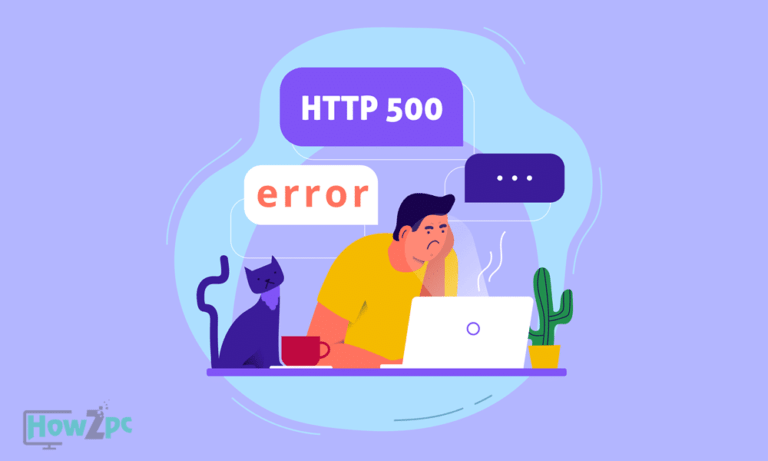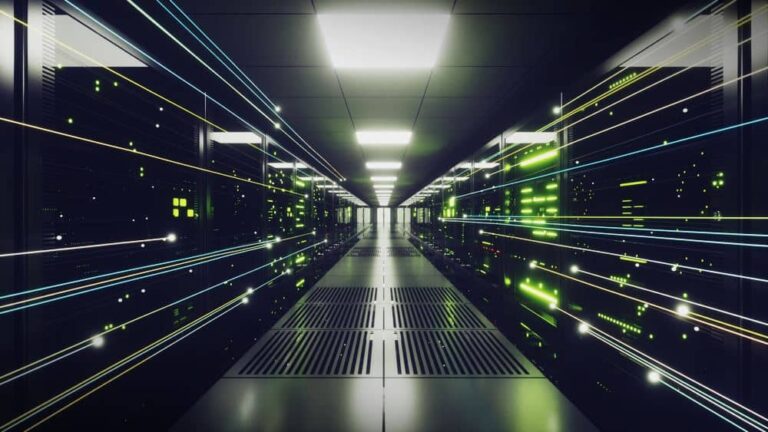The Dark Web, often depicted as the mysterious underbelly of the internet, has garnered significant attention in recent years.
From tales of illicit marketplaces to cyber espionage, the Dark Web continues to pique the interest of many.
While it does host shady activities, it’s also a beacon for privacy advocates and activists who want to escape the prying eyes of governments and organizations.
Central to the Dark Web’s functioning is the Tor network. Let’s dive deep into the essentials and understand this enigmatic realm.
The Essentials Of The Dark Web
The Dark Web is not a single entity but rather a conglomerate of websites and services that aren’t indexed by traditional search engines like Google.
It’s important to differentiate it from the Deep Web, which is simply the part of the internet not indexed by search engines and includes mundane things like personal email accounts and private databases.
Understanding Tor
At the heart of the Dark Web lies Tor (The Onion Router), a free software for enabling anonymous communication on the internet.
Tor directs web traffic through a volunteer overlay network, which consists of more than seven thousand relays, disguising a user’s location and usage.
This multi-layered approach (hence the name “onion”) ensures that the source and the final destination of the data are encrypted in such a way that no single point can know both the original source and the final destination.
Tor isn’t just about accessing the Dark Web. Many people use it to bypass internet censorship, protect themselves from surveillance, or even just to maintain a level of privacy online.
Accessing The Dark Web
While Tor provides anonymity, accessing the Dark Web requires a little more.
One typically uses the Tor browser, which is built on top of the Firefox browser’s architecture but is tailored to protect users’ anonymity while browsing.
Once the browser is installed, .onion domains – specific to Tor – can be accessed. These domains provide the myriad of services and marketplaces that the Dark Web is known for.
Risks And Precautions
The allure of the Dark Web often blinds users to its risks. Given its nature, it’s a breeding ground for scams, malware, and illicit activities.
While Tor provides anonymity, it doesn’t guarantee security. It’s essential to use additional layers of security like VPNs, and encrypted communication tools, and always ensure that one doesn’t share personal information.
Also, be skeptical of deals that seem too good to be true, as they often are.
The Threat Of Malware On The Dark Web
The Dark Web, being a hub for illegal activities, is teeming with various cyber threats. Malware, in particular, has become a weapon of choice for many cybercriminals operating in this space.
RDStealer Malware
RDStealer stands out as one particularly nefarious piece of malware.
As its name suggests, it primarily functions to steal Remote Desktop Protocol (RDP) credentials, which can give attackers unprecedented access to a victim’s computer.
Once they have these credentials, they can execute code remotely, steal data, or even deploy other types of malware.
This malware is generally distributed through phishing emails or malicious software downloads. Its stealthy operations often go undetected by traditional antivirus software.
The rise of RDStealer underscores the importance of not only having robust security measures in place but also practicing safe online habits, especially when venturing into the depths of the Dark Web.
Protection Against Dark Web Malware
Protecting oneself from malware on the Dark Web demands a multi-faceted approach.
Regularly updating and patching software can prevent many known vulnerabilities from being exploited.
Employing a reputable antivirus and antimalware solution can also offer an extra layer of defense.
However, remember that relying solely on these tools can be a grave mistake, as new and undetected malware variants frequently emerge.
A proactive approach, including monitoring system behaviors and being cautious with downloads and clicks, remains vital.
The Malware Economy
While threats like RDStealer are concerning, they also highlight a broader issue: the Dark Web’s malware economy.
Cybercriminals buy, sell, and trade malware, exploit kits, and stolen data.
This marketplace for malicious tools and services makes it easier for even non-technical individuals to launch sophisticated cyberattacks.
Awareness of this economy can help individuals and organizations anticipate potential threats and take preemptive measures.
The Dual Nature Of The Dark Web
While the Dark Web has earned notoriety for its darker aspects, it’s not entirely devoid of virtue.
A Haven For Whistleblowers
Many whistleblowers, journalists, and activists rely on the Dark Web’s anonymity features to share critical information without fear of retribution.
Platforms like SecureDrop allow whistleblowers to share confidential information with journalists securely.
Bypassing Censorship
In countries with restricted freedom of speech and heavy internet censorship, the Dark Web can serve as a beacon of hope.
Through it, citizens can access blocked content, share their stories, or connect with the outside world without the fear of persecution.
The Ethical Debate
The Dark Web, much like any tool, is as good or bad as its user.
While it harbors illegal activities, it also offers sanctuary for those seeking freedom and privacy.
This dual nature sparks a vital ethical debate: Should we clamp down on the entire ecosystem because of its negative elements, or should we embrace its positive aspects and find ways to curtail the negatives?
Demystifying Common Myths Surrounding The Dark Web
The world of the Dark Web, with its inherent anonymity and obscurity, inevitably becomes a breeding ground for misconceptions.
Separating fact from fiction is paramount to understanding its true essence and avoiding unnecessary fears or misplaced curiosities.
Myth 1: The Dark Web Is Entirely Illegal
One of the most widespread misconceptions is that the Dark Web is solely a haven for illegal activities.
While it’s undeniable that illegal marketplaces and services exist, the Dark Web also hosts sites that are legitimate and focus on privacy, political activism, or evading censorship.
Myth 2: Navigating The Dark Web Is Always Dangerous
Another prevailing myth suggests that merely accessing the Dark Web puts one in immediate danger.
In reality, with the right precautions, such as using the Tor browser and ensuring not to divulge personal information, one can navigate it without undue risk.
Problems mainly arise when individuals engage in risky behaviors, such as buying from untrusted sources or downloading suspicious files.
Myth 3: The Dark Web Is A Massive Hidden Universe
In popular culture, the Dark Web is often portrayed as this vast, sprawling space.
While it’s challenging to measure its exact size due to its decentralized nature, it’s estimated to be a fraction of the entire web.
Much of what is called “the deep web” consists of databases, private forums, and other mundane digital entities, distinct from the “dark” parts that are intentionally hidden.
Final Remarks
In conclusion, the Dark Web remains an enigmatic and multifaceted realm of the internet.
Understanding its intricacies can equip individuals with the knowledge to navigate it safely, harness its potential, and stay wary of its pitfalls.








